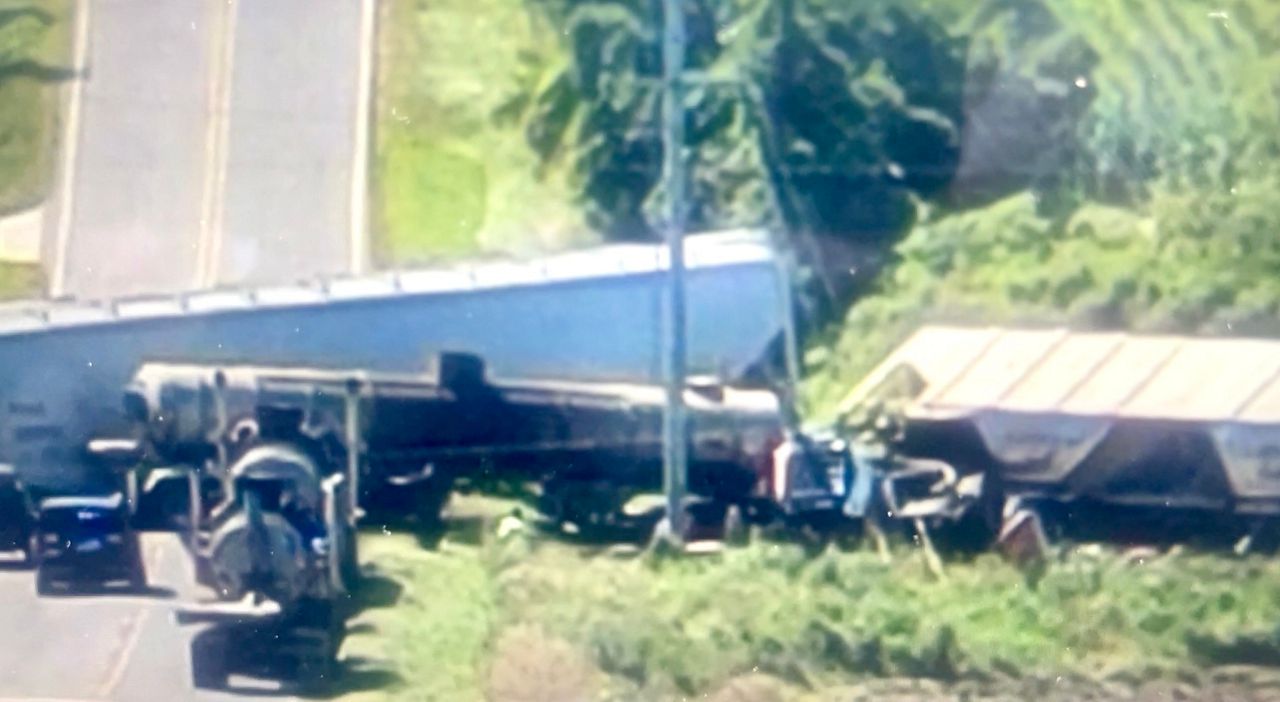APPLETON, Wis. — Operation Lifesaver, a national rail safety nonprofit, is conducting a weeklong safety blitz across the state during "See Tracks? Think Train Week," formerly known as "Rail Safety Week." The awareness week runs from Sept. 23 to 29.
According to Operation Lifesaver, there were 2,192 highway-rail incidents at public and private crossings in 2023. Those incidents resulted in 766 injuries and 247 deaths in the U.S.
Gary Koerner, state coordinator for Operation Lifesaver, said train accidents happen way too often.
“Every three hours, there’s either a person or a vehicle hit by a train here in the United States. Wisconsin itself is averaging between 40 to 45 crashes a year,” Koerner said.
Of those 40 to 45 crashes, Koerner said most were preventable.
“A third of them were where there were lights and gates already there, so there wasn’t something that they didn’t see happening, that they just ran into that train because they were distracted,” Koerner said.
Koerner wants to bring that number down to zero. He’s been involved with train safety for more than 14 years.
He said Rail Safety Week is important to prevent complacency around railroad tracks.
“We need to actually kind of be shaken up, woken up and reminded, 'Hey, there are signs out there for us to be looking at, to be watching, when we get close to railroad crossings,'” Koerner said.
Trespassing is leading cause of rail-related deaths in the U.S., according to the Federal Railroad Administration.
Special Agent Leah Davis has worked with the Canadian National Railroad Police for 14 years. She said walking along train tracks is dangerous and can be illegal.
“A lot of people don’t know that railroad property is private property. It’s not something that you can walk along when you don’t see trains there,” Davis said.
She also said, while there are many factors that play into train crashes and derailments, such as weather, most accidents can be prevented by simply being aware.
“A lot of drivers get complacent, and semi-drivers are not immune to that, where they cross tracks multiple times a day without even thinking about it, never seeing a train until the one time when they’re not paying attention,” Davis said.

Trains can't stop quickly. The average freight train weighs 6,000 tons, and when running at 55 mph, takes at least a mile to stop. That’s 18 football fields.
With over 3,300 miles of rail lines in Wisconsin, they’re an inescapable part of the state's landscape. So Koerner hopes motorists and pedestrians practice safety year-round.
“Rail Safety Week shouldn’t just be a week. Rail safety should be all the time. It should be something that we’re always, you know, looking at, looking for,” Koerner said.



